Aveiro, also known as the 'Portuguese Venice,' is a charming city located in northern Portugal, along the Vouga River. It is famous for its network of canals, along which brightly decorated boats glide, called moliceiros.
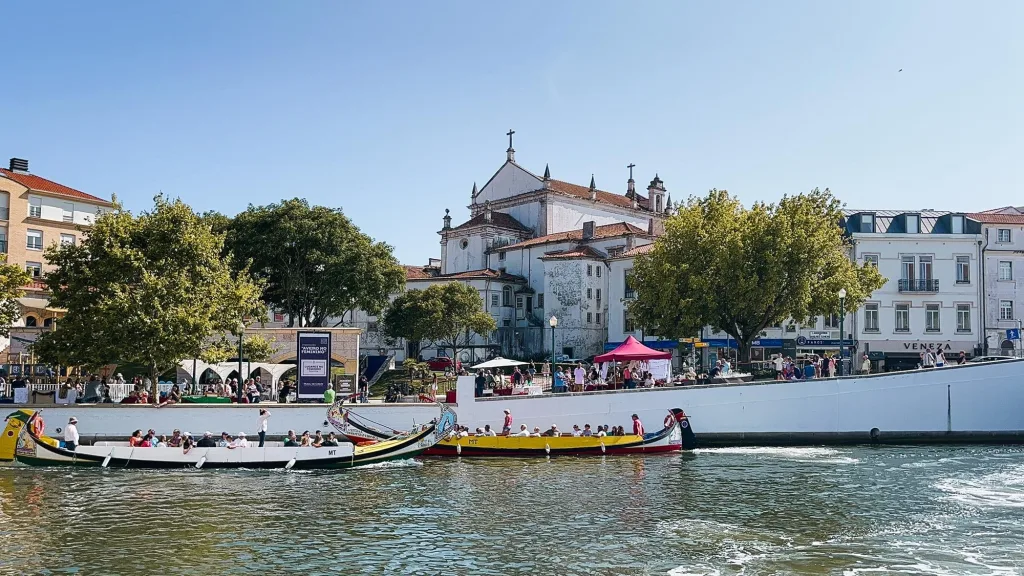
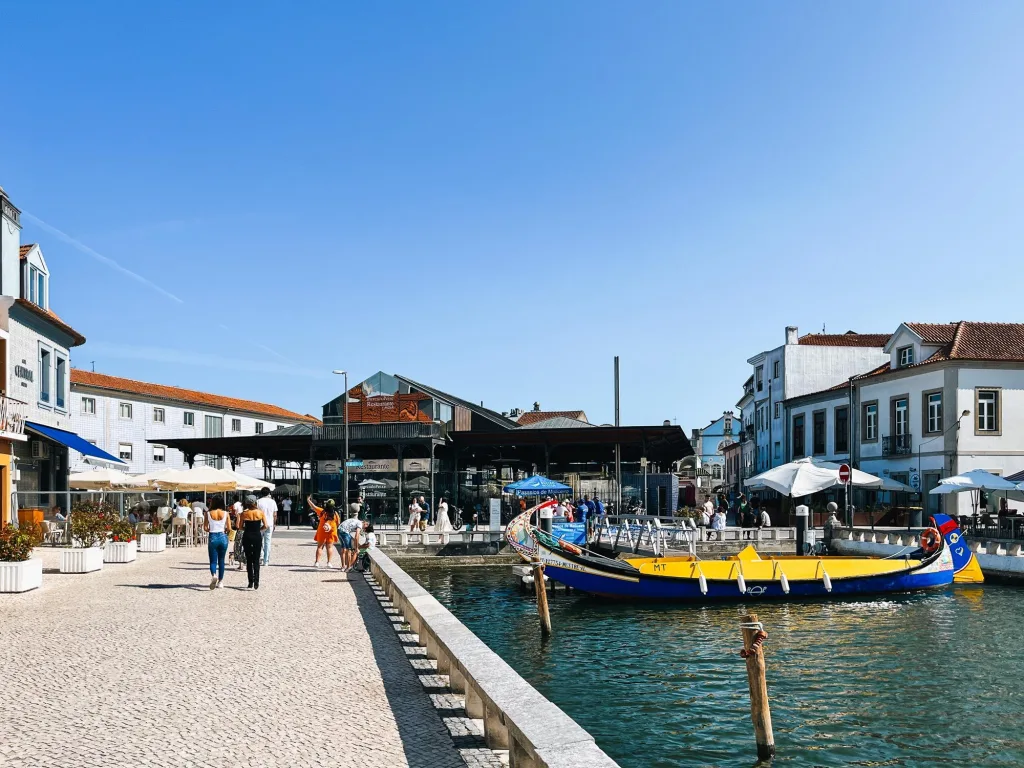
It is believed that the name Aveiro originates from the Celtic word 'aber,' which means the mouth of a river. Initially, the region was primarily known for salt production, dried fish, and the emerging port to facilitate trade. This port was first noticed by the Vikings in the 9th century, contributing to the city's growth.
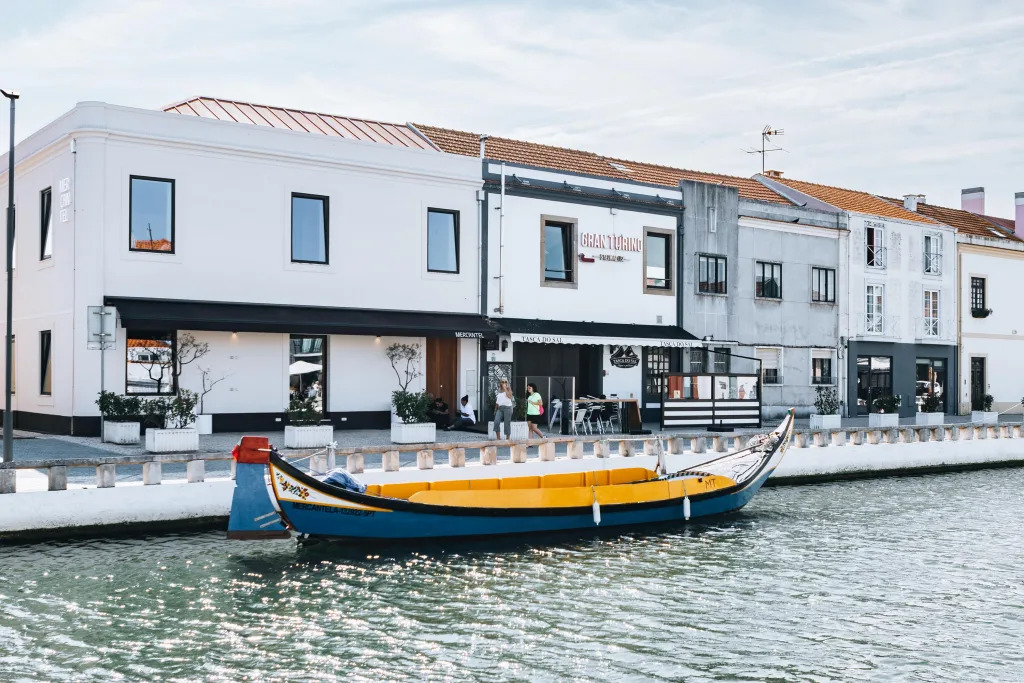
In the 13th century, the city was granted municipal rights, and its rapid development positioned it among Portugal's most important ports. From the 11th century, Aveiro gained recognition at the Portuguese court. The royal family and members of the Portuguese aristocracy, recognizing its attractive location, began to visit the city more frequently, contributing to its growth, including its architecture, which can still be admired today. An interesting fact is that in 1435, King Duarte allowed for annual tax-free fairs, which became known as the 'March Fair' (or 'Feira de Março' in Portuguese), a tradition that continues to this day.
In the 15th century, a defensive wall was constructed to encircle the historical city center, within which important state institutions operated behind grand facades of buildings.
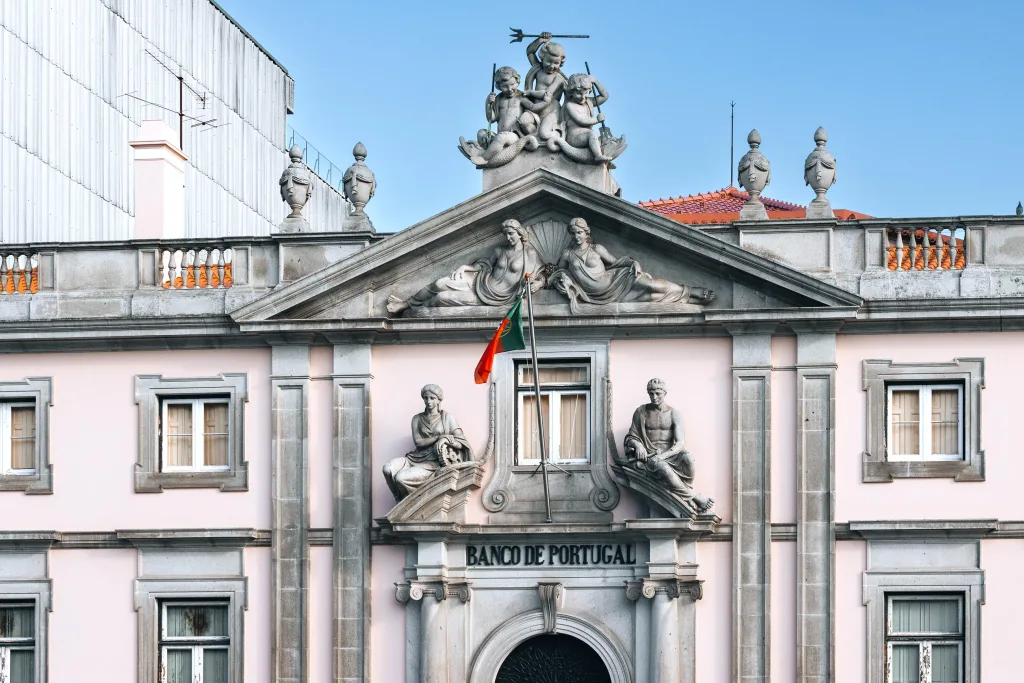
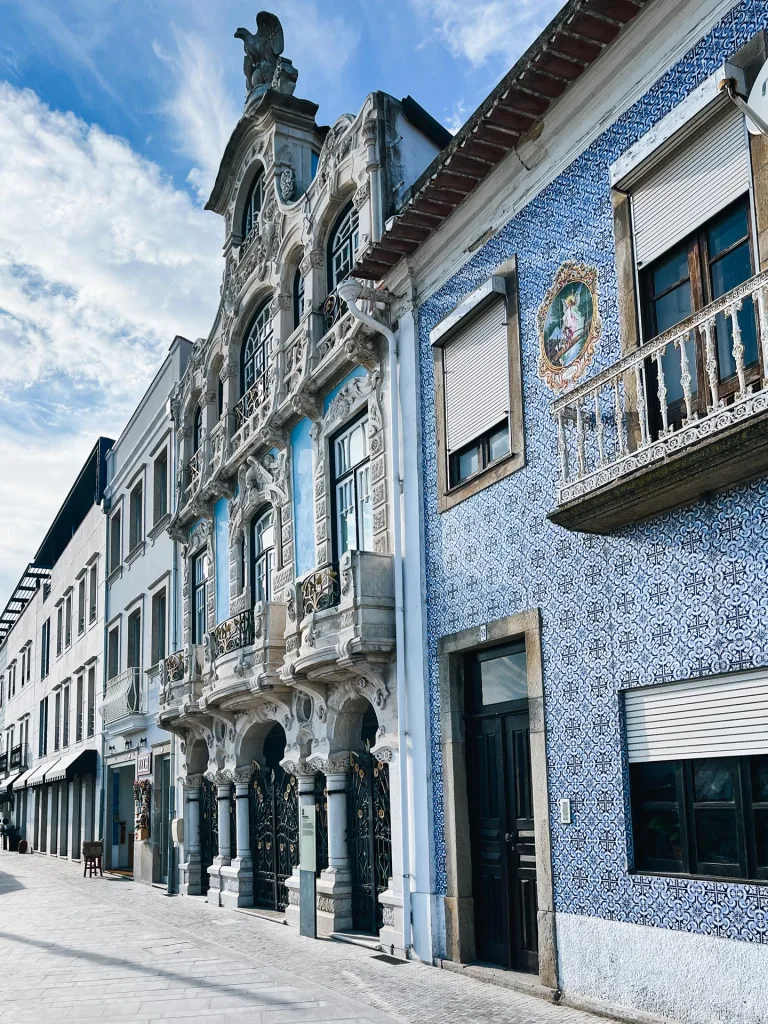
The golden era was interrupted by a powerful storm in 1575, which destroyed access to the port, the city's main source of livelihood. As a result, the population of Aveiro dwindled to one-fourth of its previous numbers in the subsequent years. It was only after the construction of the Barra Canal in 1808 that the city began to develop again, eventually becoming a popular retreat for the Portuguese aristocracy in the 19th century.
Aveiro's top attractions
- The city's biggest attraction are moliceiros, these wooden boats, resembling Venetian gondolas, were primarily used for gathering seaweed, known as 'moliço' in Portuguese. They were widely employed for this purpose in the 16th century until a massive storm, as mentioned earlier, blocked the Vouga River's outlet to the ocean.
After the construction of the Barra Canal in 1808, canal tourism flourished, and in the 19th century, Aveiro once again became a favored leisure destination for the Portuguese aristocracy.
- Striped houses in Costa Nova - While in Aveiro, do not miss a trip to the nearby ., where there are beautifully painted wooden houses, read more - Click Here.
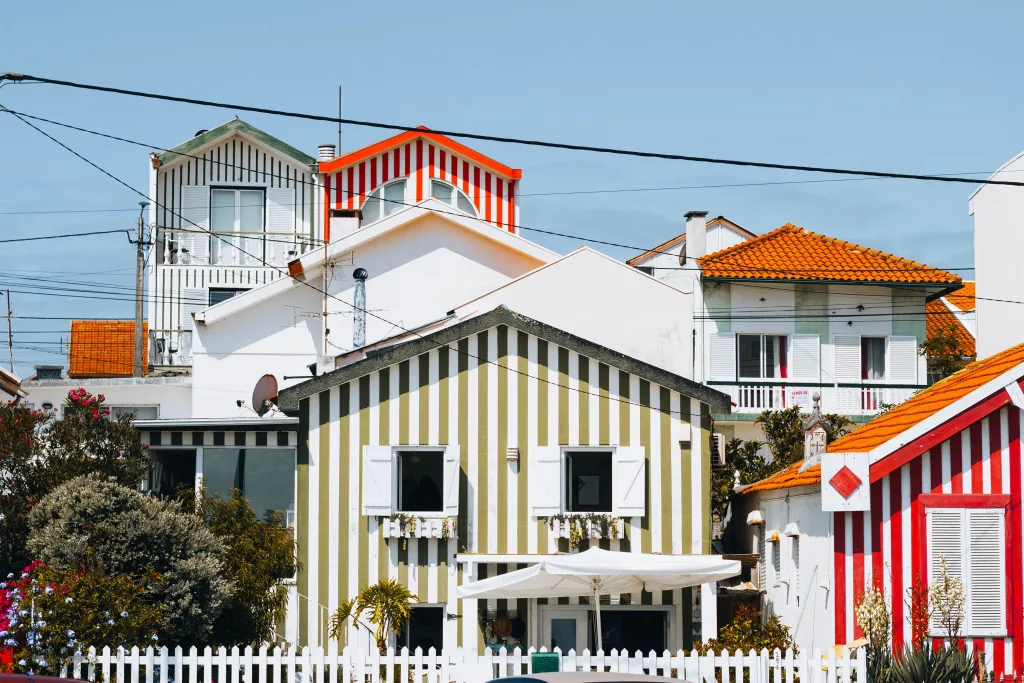
Aveiro monuments
We parked our camper not far from the train station, where there's a dedicated parking area. To reach the city center, we had to walk along the main road, passing through the station, which is beautifully decorated with ceramic tiles depicting the city's history and notable figures.
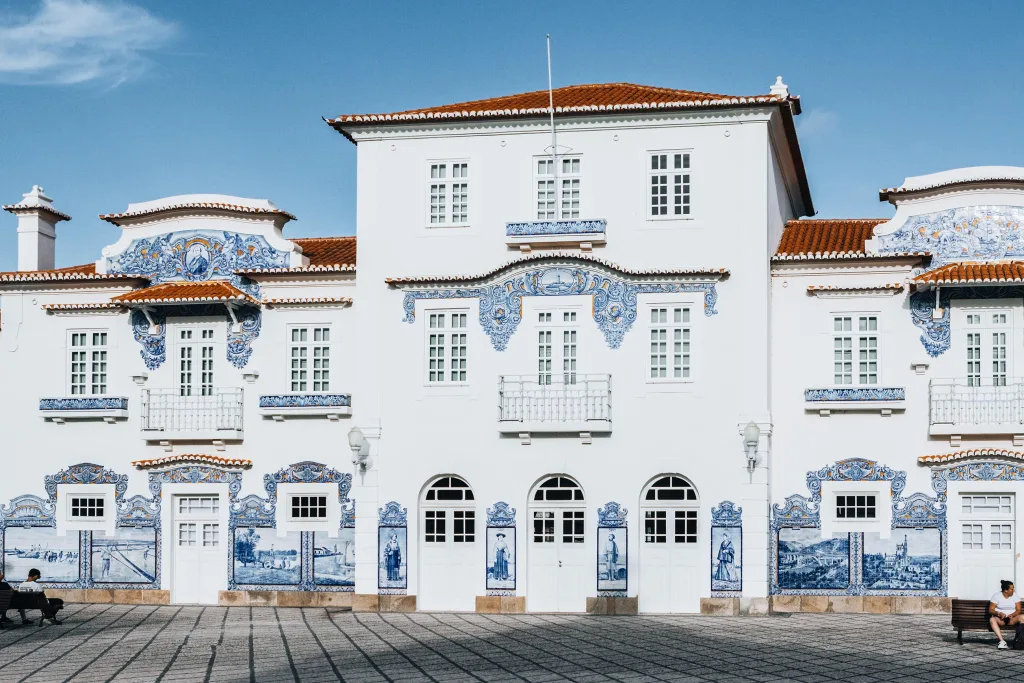
... Portuguese railway stations are usually beautifully decorated, providing a trail of architecture worth exploring....
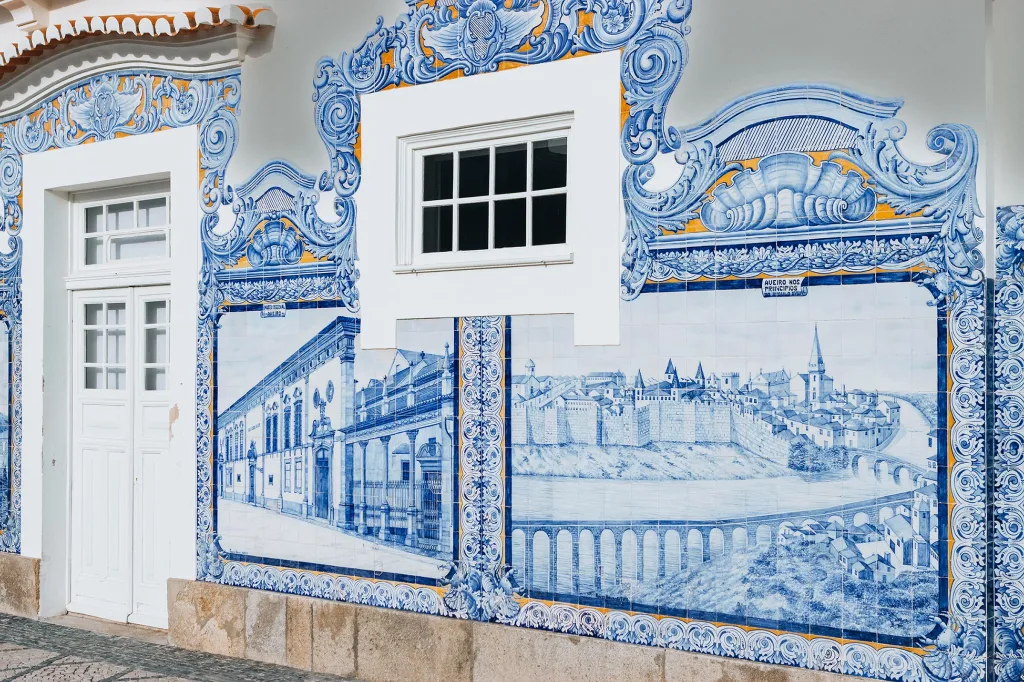
Walking along the city's main avenue, we admired the facades of old, richly decorated townhouses, evoking the historical importance of the place.
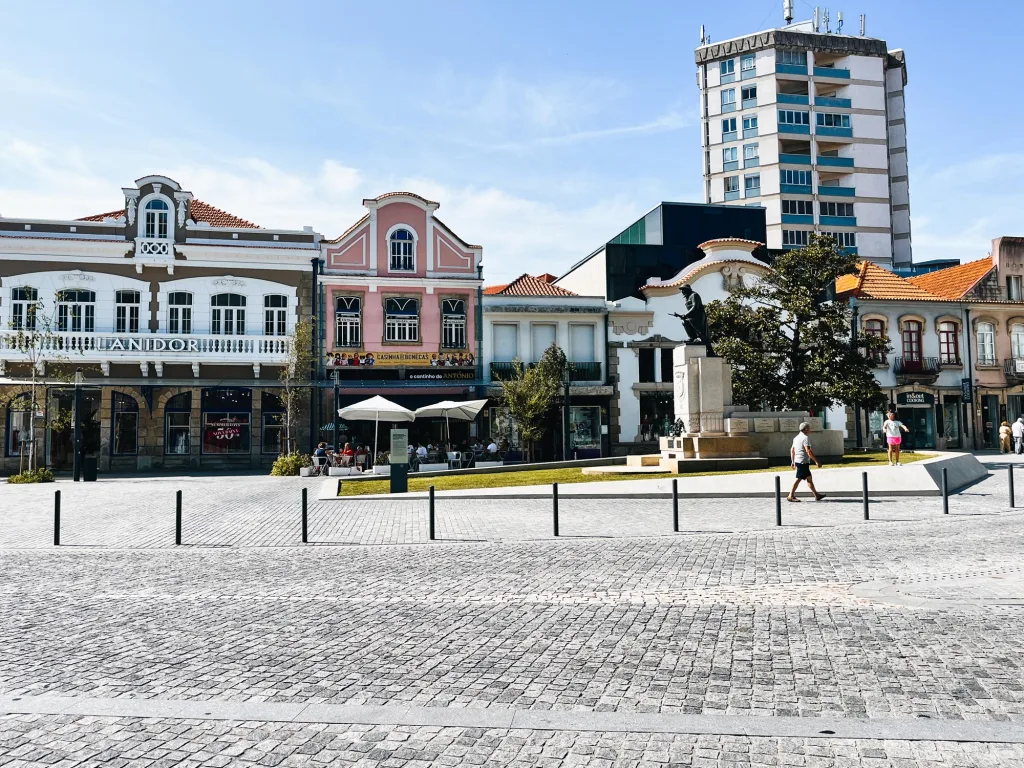
Among the most important sights to explore while in Aveiro are:
- Cathedral, built in the 15th century in Gothic style.
- Museu de Aveiro
Ovo Mole monument - sweets, which you will read about below
Igreja da Misericórdia de Aveiro
Capela de Sao Goncalinho - Museu de Arte Nova
- Fábrica Centro Ciência Viva - a fun option for children
- Passadiços Ria de Aveiro, a scenic path along the south side of Aveiro's lagoon.
- Railway station - right through here runs the most important northern railway line, connecting Lisbon to Porto.
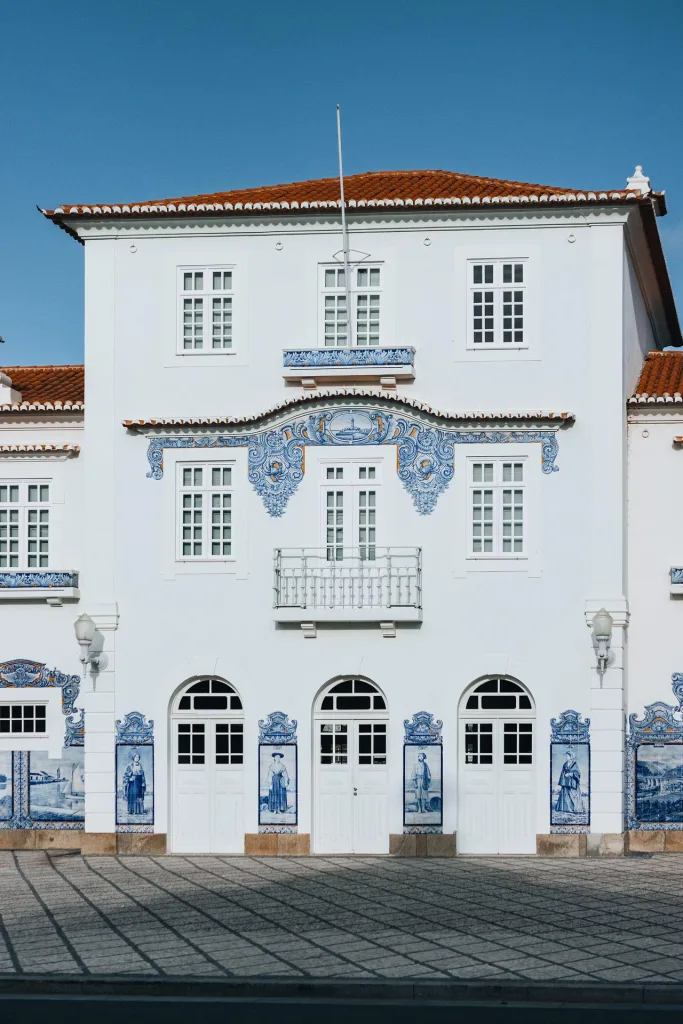
Aveiro Gastronomy
Often when recommending restaurants, I don't feel entirely comfortable because we often need to choose places where our four-legged friend can relax too. This time, we opted for... São Gonçalinho Petisqueira Barright by the canal, as we happened to be passing by there. We had a splendid view of the canal, boats, and the nearby market. But surely, there's something even better to discover & taste.
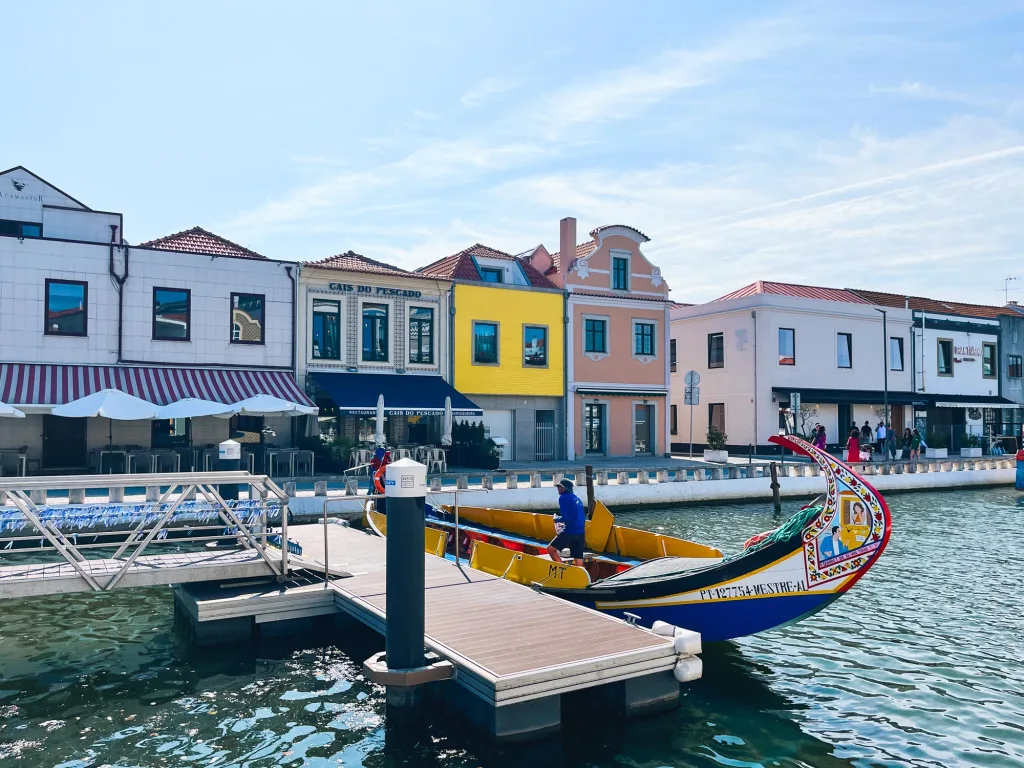
Unfortunately, when we arrived in the city, the center was undergoing renovations. It made sightseeing quite inconvenient as crowds of tourists navigated through narrow pathways set up by the road authorities. However, we enjoyed some delicious ice cream at Ice Cream Portugal, where you can also stock up on... Ovos Moles (many shops offer this typical treat) – it's an egg-based dessert. The outer shell is a thin waffle in the shape of an egg, containing a egg cream filling .I recommend trying it, there is even a monument in the centre distinguishing this sweetness.
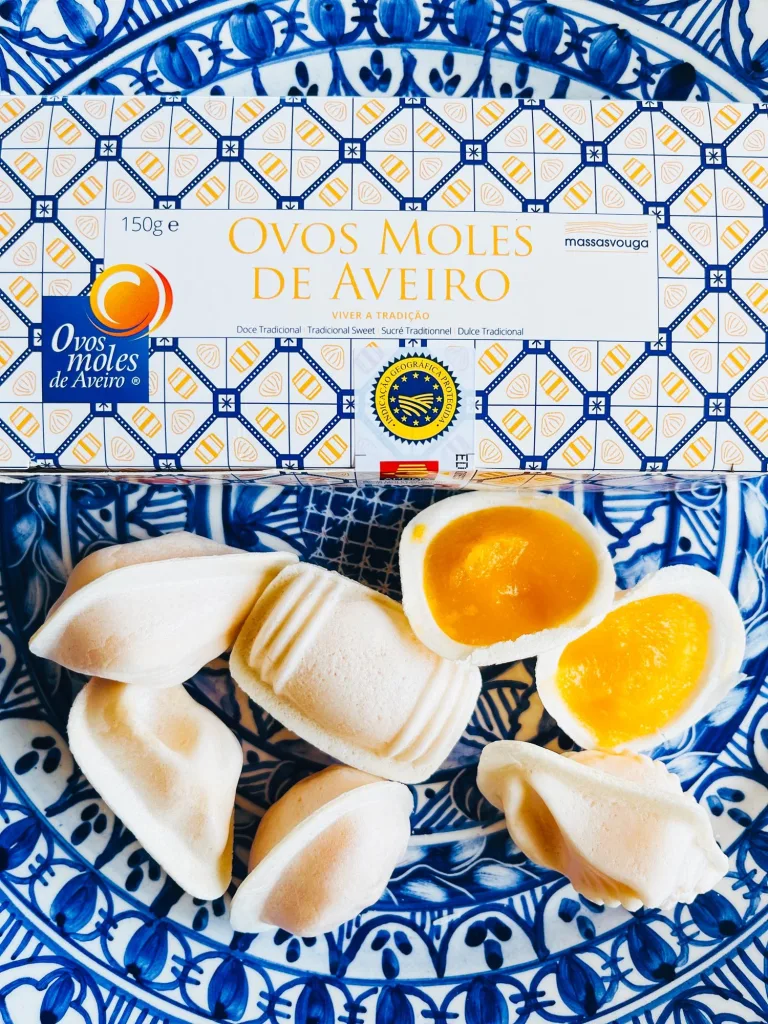
We enjoyed Aveiro and its surroundings a lot.... these places are often skipped in favour of the more popular Porto, but if you have an extra day to explore the region, Aveiro and Costa Nova is a great option!

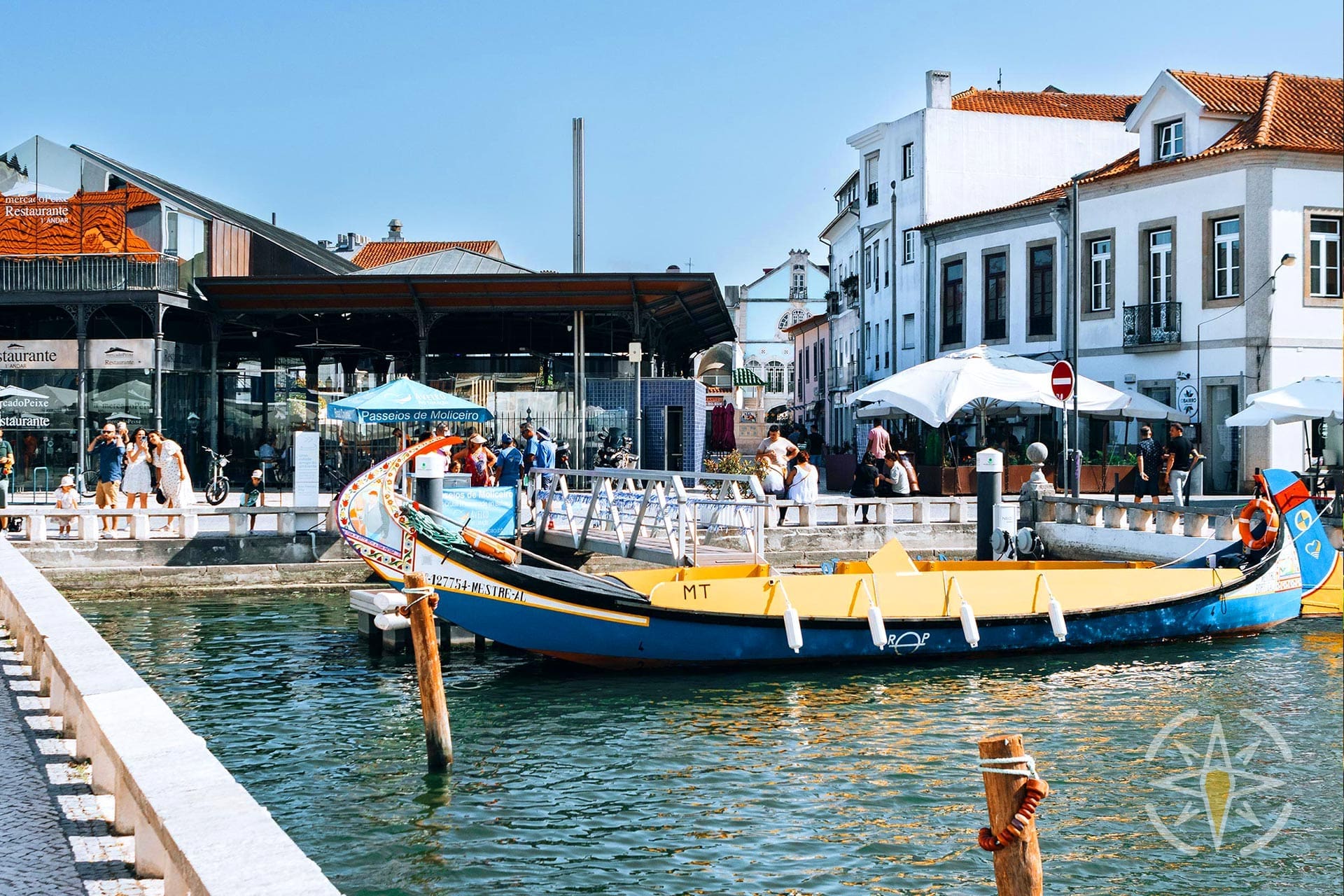
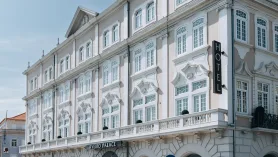
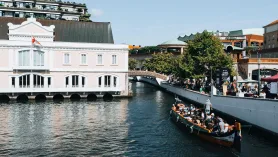
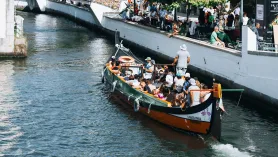
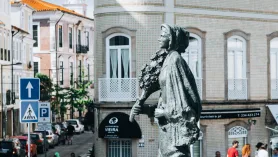

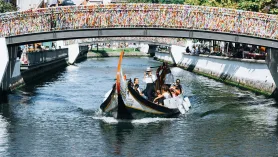
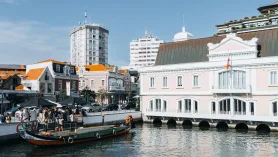
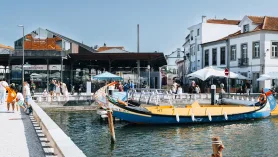
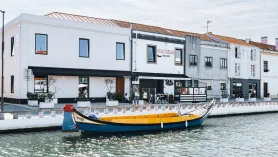
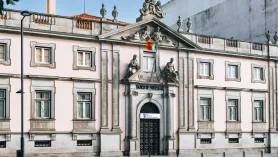
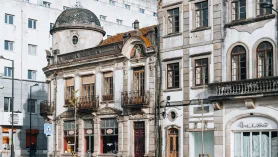
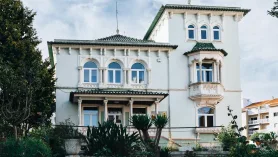
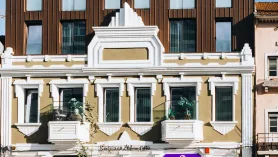
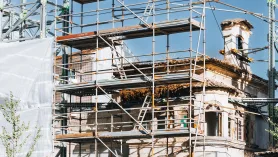
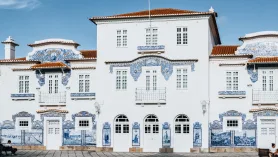
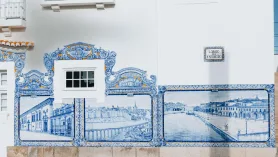
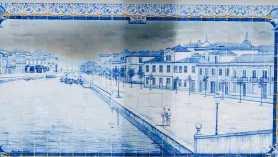
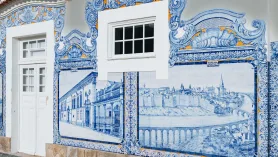
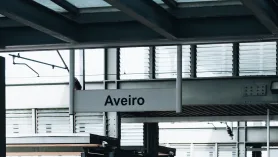

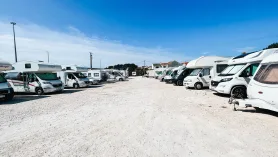
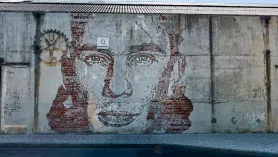
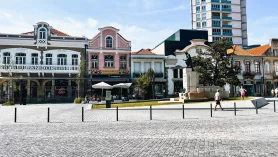
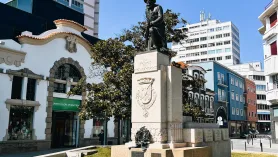
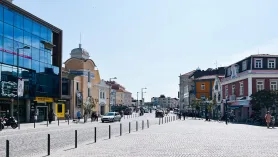
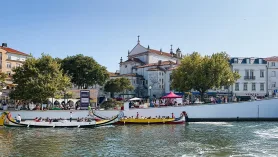
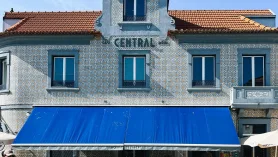
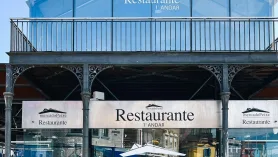
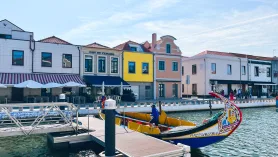
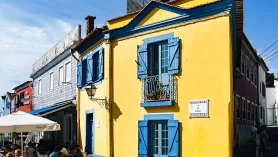
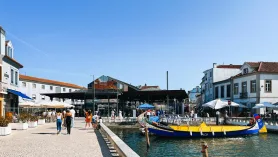
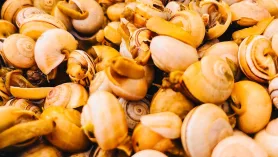
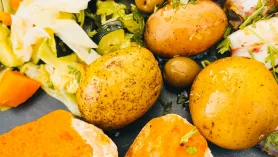
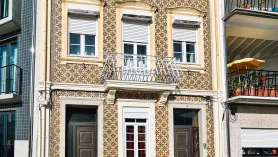
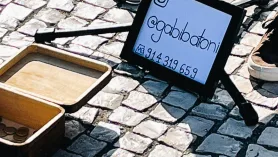
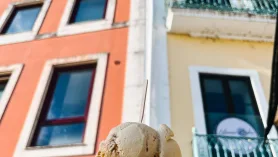
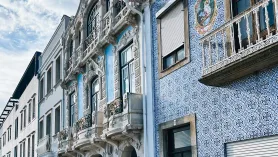
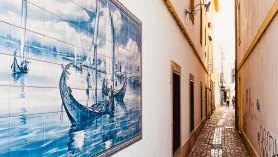
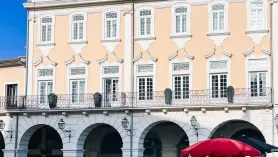
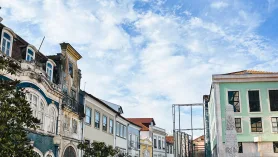
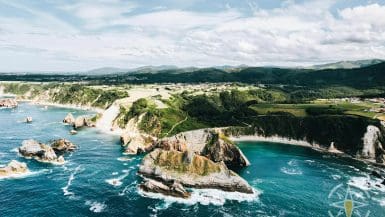
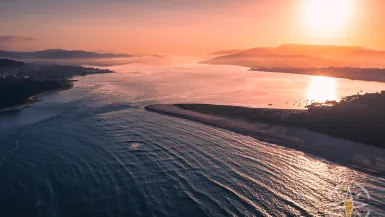
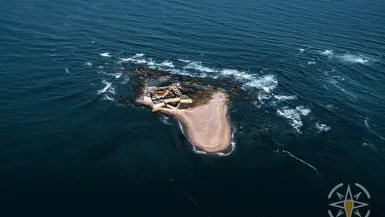

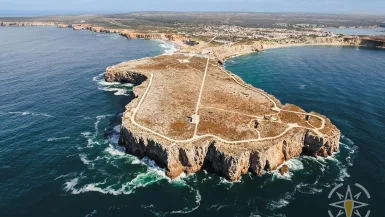
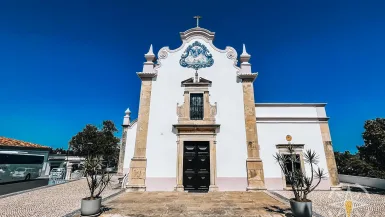
Leave a comment, ask a question...